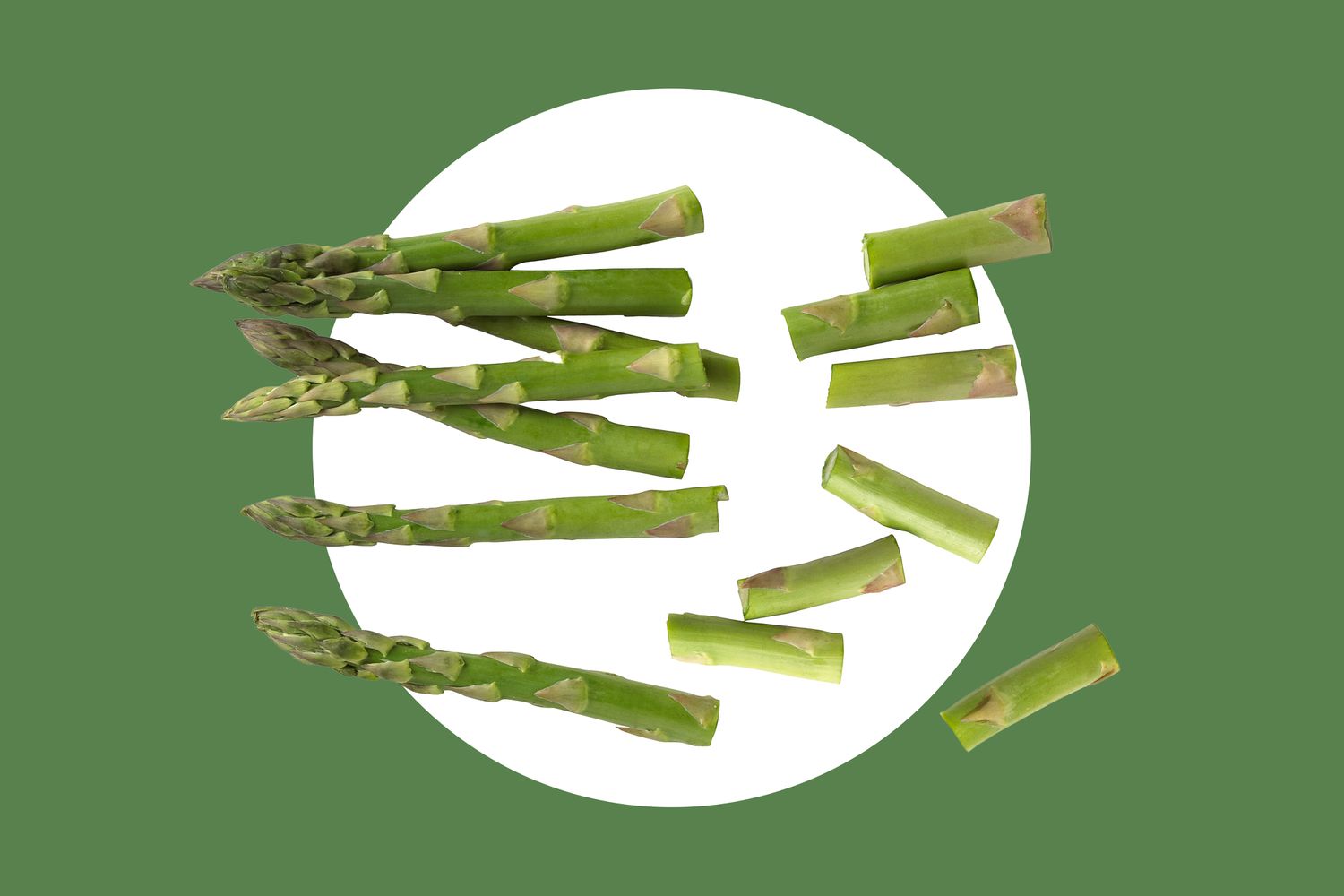
Don’t Mow Your Lawn Too Soon After Seeding or You May Kill It—What to Know
Planting grass seed is a great way to start or overseed a lawn to revitalize it or cover bare patches. You don’t want to mow too soon or you’ll ruin the grass. But if you wait too long, the lawn becomes unmanageable.
Keep your newly seeded grass healthy and intact, and learn when to mow a lawn after seeding with help from lawn care experts.
When to Mow a Seeded Lawn
You’ll know it’s time to mow a newly seeded lawn when the grass grows to 3 to 4 inches tall, recommends Green Pal co-founder Gene Caballero.
Lawn Love CEO Steve Corcoran agrees with the length method but suggests also looking at proportion:
“I find that it is better to wait to mow a seeded lawn when you use grass height as the determining factor, not time,” Corcoran says. “Ideally, you should wait to mow until the grass blades are one-third taller than their recommended height.”
Want more gardening tips? Sign up for our free gardening newsletter for our best growing tips, troubleshooting hacks, and more!
Height to Mow a Newly Seeded Grass
Depending on the type of grass seed, cut the lawn when it reaches between 3 and 6 inches. Cut the grass down to a height of between 2 and 4 inches.
“The timing varies between grass types since cool-season varieties, such as fescue and rye, develop quicker than warm-season grasses, like Bermuda and Zoysia,” Corcoran says.
| Grass Type | When to Mow | Finish Height |
| Bermuda Grass | 3 to 4 inches | 2 to 2-1/2 inches |
| Centipede Grass | 3 to 4 inches | 2 to 2-1/2 inches |
| Fine Fescue Grass | 4 to 6 inches | 3 to 4 inches |
| Kentucky Bluegrass | 4 to 6 inches | 3 to 4 inches |
| St. Augustine Grass | 3 to 4 inches | 2 to 2-1/2 inches |
| Perennial Ryegrass | 4 to 6 inches | 3 to 4 inches |
| Tall Fescue Grass | 4 to 6 inches | 3 to 4 inches |
| Zoysia Grass | 3 to 4 inches | 2 to 2-1/2 inches |
How Long to Wait to Mow a New Lawn
If conditions are favorable, it generally takes between four to six weeks for the new grass to reach its recommended mow height.
“Environmental factors can impact how long it takes for grass to grow,” Corcoran says. “Since different grass varieties have various ideal heights, I think it’s best to use the length method rather than by waiting a certain amount of time.”
Why You Should Avoid Mowing Sooner
Mowing a newly seeded lawn too early can damage the grass and soil.
- Stresses blades: Cutting off too much of the lawn blades, too early on, stresses the leaf blades, damaging them.
- Damages roots: “Premature cutting will damage the young roots,” Caballero says. Once the roots have been damaged, they may not return.
- Removes seeds: Delicate grass seeds, not yet rooted, can be dislodged and removed by mowing too early.
- Ruts the soil: Loose soil containing grass seeds may be rutted or tracked by lawn mower wheels. Only when the roots are starting to be established will the ground be firm enough to support the mower wheels.
How to Safety Cut a New Lawn
Look for the right cues to know when to mow a lawn after seeding, and be sure to cut the lawn the right way—with care.
“Instead of following a timetable, I would pay attention to uniform growth and make sure it’s strong enough to proceed with mowing,” Caballero says.
- Check height: Hold the shortest grass blades up with one hand and measure with a tape measure. They should be anywhere from 3 to 6 inches long.
- Check proportion: Also make sure that the grass is about one-third taller than the recommended length for the specific grass type.
- Cut when dry: Avoid cutting a newly seeded lawn—or any lawn—when it is wet, as this stresses the grass.
- Cut at the best time: The best time of day to cut a lawn is between 8:30 am and 1:00 pm in the summer. Before and after summer, wait until around 10:30 am to start mowing.
- Use a sharp mower blade: Sharpen your mower’s blade or fit on a new blade.
- Raise the mower: Steve Corcoran recommends using a high mower setting. This forces you to cut no more than one-third of the grass blade length, which protects the grass roots.










